01/6Identifying monkeypox symptoms

As monkeypox cases are on a rise, it is important to be able to identify symptoms timely to control transmission of the disease as well as seek timely treatment for yourself. The problem is that several initial symptoms of the disease are hard to identify as symptoms of monkeypox. This is because these symptoms are quite common and generic, and can be easily dismissed as signs of some other disease. The lack of testing and identification of symptoms can further increase the transmission of the infection. Here's how to spot the red flags of these easy-to-miss early symptoms.
02/6Initial signs to watch out for


According to the NHS UK, it takes about 5-21 days for the initial monkeypox signs to appear. Some of these include fever, shivering, headache, backache, muscle ache, exhaustion and swollen glands. Apart from these flu-like symptoms, changes on the skin can also appear. However, these can be mistaken for signs of other infections like herpes, molluscum or syphilis. Other early signs of the infection may be hiding in hard-to-see locations, such as the inside of the anus. This can cause the infection to spread to others since the sufferer is not aware of their own infection.
Read more: There was 'Broken Heart Syndrome', now there's 'Happy Heart Syndrome'; know why being too sad or too happy can be dangerous
03/6Later symptoms


The characteristic rash usually develops around one to five days after the initial symptoms. The rash usually begins on the face, and can spread to other parts of the body as well. The rashes look like raised spots which then turn into small blisters filled with fluid. These blisters will eventually fall off during and after the recovery process. If you develop a rash, consult your doctor for necessary treatment. Patients are advised to isolate themselves at home and avoid contact with other people.
04/6How to reduce your risk of catching monkeypox


To prevent the infection, it is important to stay away from dead animals as well as animals which appear unwell. In case of human-to-human transmission, avoid contact with someone who is unwell, especially if any symptoms appear to be associated with monkeypox. Do not share items such as utensils, bedding and towels with a sick person. Lastly, it is important to wash and sanitize your hands as much as possible throughout the day, especially before eating and cooking.
Read more: Coronavirus: Study provides insight on who might be more likely to have long COVID
05/6Treatment


Currently there is no specific treatment for monkeypox infection. Since monkeypox virus is genetically similar to smallpox virus, antiviral drugs and vaccines developed to protect against smallpox may be used to prevent and treat monkeypox virus infections. According to the US Centers for Disease Control and Preventions, antivirals may be recommended for people who are more likely to get severely ill, such as patients with weakened immunity. If you experience monkeypox symptoms, talk to your doctor for the best available treatment and warn all those who you recently came in contact with.
06/6Monkeypox status in India


Currently, two monkeypox cases have been confirmed in India. The first one was reported on July 14 by a 35-year-old person who returned from UAE. The second case was confirmed in Kerala on July 18 in a 31-year-old man who arrived in Kannur from Dubai on July 13. Health Minister Veena George shared that the patient, who has been admitted to the government medical college hospital in Kannur, is stable.


































































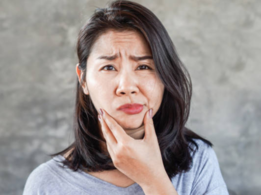
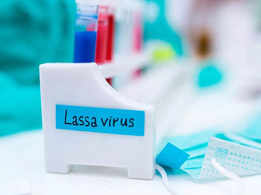

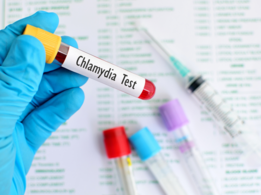
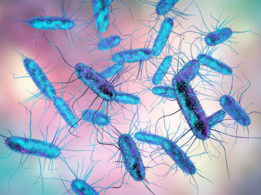
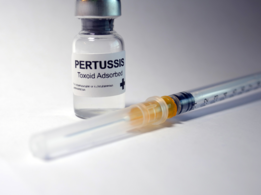












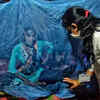
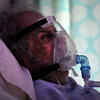
closecomments
SIGN IN WITH
FacebookGoogleEmail